Log cabins are synonymous with simplicity and a connection to nature. Decorating the interior of a log cabin involves embracing these characteristics while creating a warm and inviting atmosphere. In this article, we will explore the art of simplicity in interior decoration for log cabins, focusing on the use of natural materials such as wood and stone, as well as tips and ideas for optimizing space and light within the cabin.
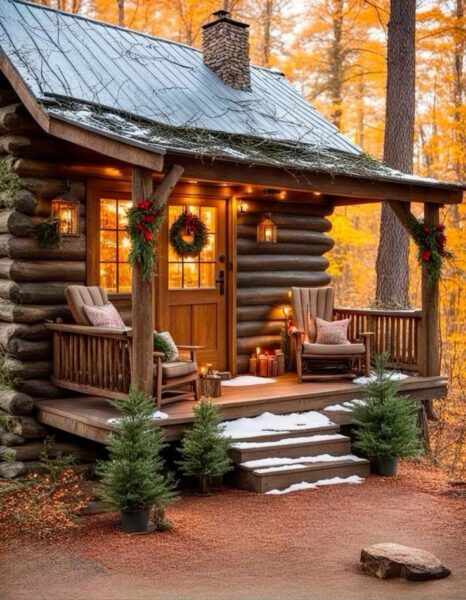
Embracing Simplicity: The essence of decorating a log cabin lies in its simplicity. Unlike modern homes with elaborate designs, log cabins celebrate the beauty of natural materials and minimalist aesthetics. From the walls to the furnishings, simplicity is key to creating a cozy and tranquil environment that reflects the rustic charm of the cabin.
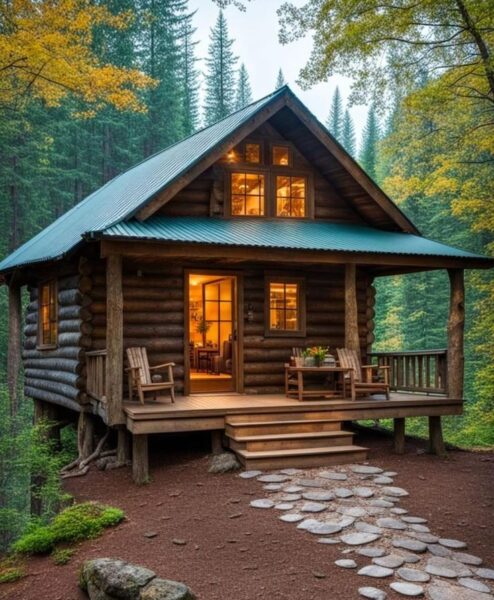
Utilizing Natural Materials: One of the defining features of log cabins is their use of natural materials like wood and stone. These materials not only add warmth and texture to the space but also serve as focal points that highlight the cabin’s architectural features. Incorporating exposed wooden beams, stone fireplaces, and hardwood floors can enhance the rustic appeal of the interior while maintaining a simple and organic look.
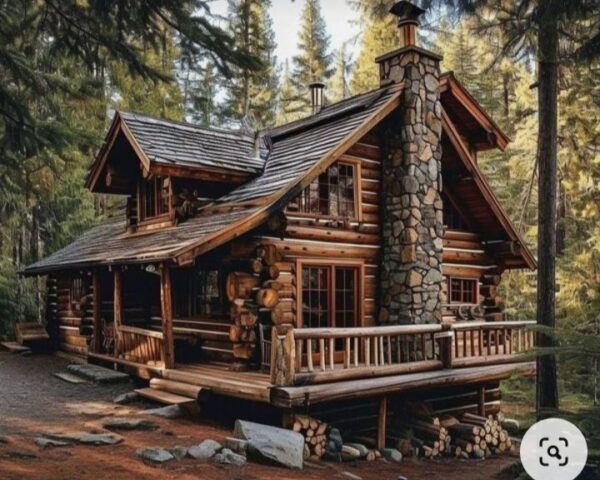
Wooden Furnishings and Accents: Wooden furnishings play a vital role in decorating the interior of a log cabin. Opt for furniture made from reclaimed wood or unfinished timber to maintain the authenticity of the space. Simple yet sturdy pieces such as wooden tables, chairs, and benches complement the natural surroundings and contribute to the cabin’s cozy ambiance. Additionally, wooden accents such as rustic shelves, picture frames, and decorative carvings can add character and charm to the interior decor.
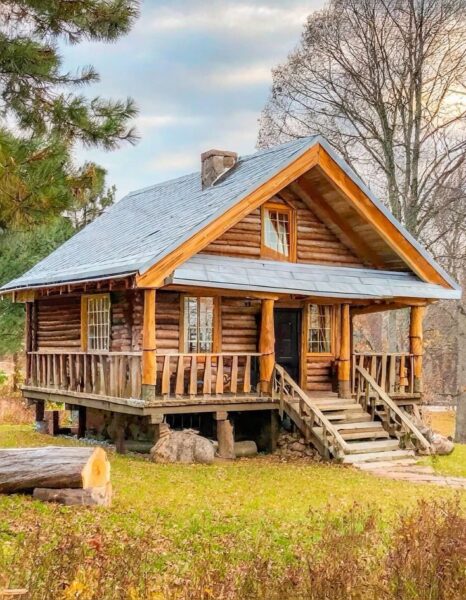
Stone Elements: Incorporating stone elements into the interior design can further enhance the rustic charm of a log cabin. Whether it’s a stone fireplace, accent wall, or hearth, the natural texture and earthy tones of stone create visual interest and a sense of authenticity. Pairing stone elements with wooden furnishings and neutral color palettes can evoke a harmonious balance between ruggedness and elegance, making the cabin feel like a tranquil retreat in the wilderness.
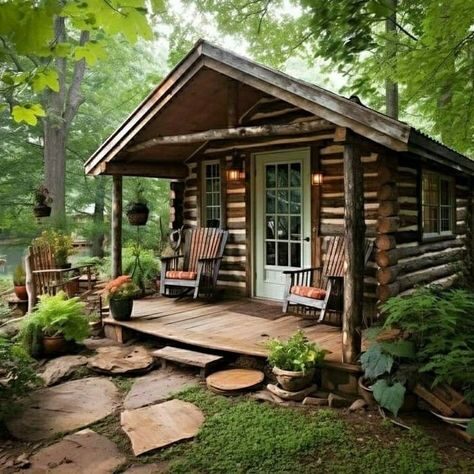
Optimizing Space and Light: While log cabins exude a cozy atmosphere, optimizing space and light is essential to prevent the interior from feeling cramped or dimly lit. To maximize space, consider incorporating multifunctional furniture pieces such as storage ottomans, foldable tables, and built-in shelving units. Additionally, strategically placing mirrors can create the illusion of more space and reflect natural light throughout the cabin.
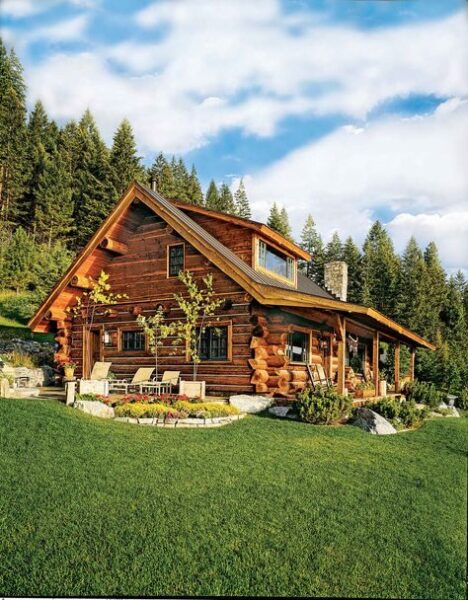
In terms of lighting, aim for a combination of natural and artificial sources to illuminate the interior effectively. Large windows allow ample natural light to filter into the cabin during the day, while overhead fixtures, table lamps, and wall sconces provide ambient lighting in the evenings. Opting for warm and soft lighting options enhances the cozy ambiance of the cabin and creates a welcoming environment for relaxation and socializing.
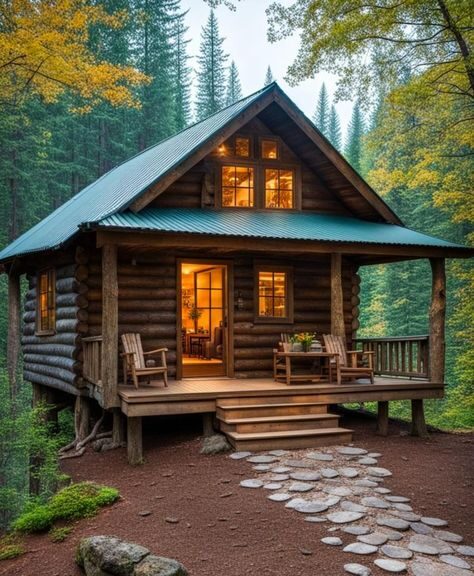
Conclusion: Decorating the interior of a log cabin is an art form that celebrates simplicity, natural beauty, and functionality. By embracing the rustic charm of natural materials like wood and stone, and optimizing space and light within the cabin, you can create a warm and inviting retreat that embodies the essence of log cabin living. Whether it’s a weekend getaway or a permanent residence, the art of simplicity in interior decoration transforms a log cabin into a haven of comfort and tranquility amidst the wilderness.
